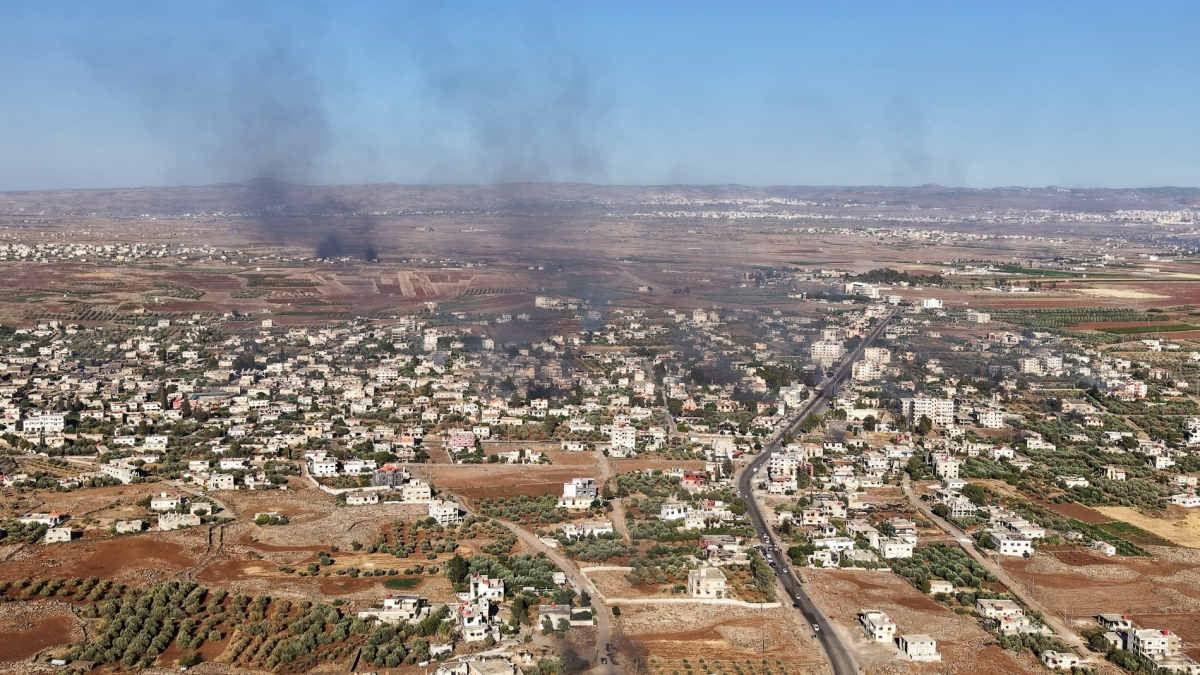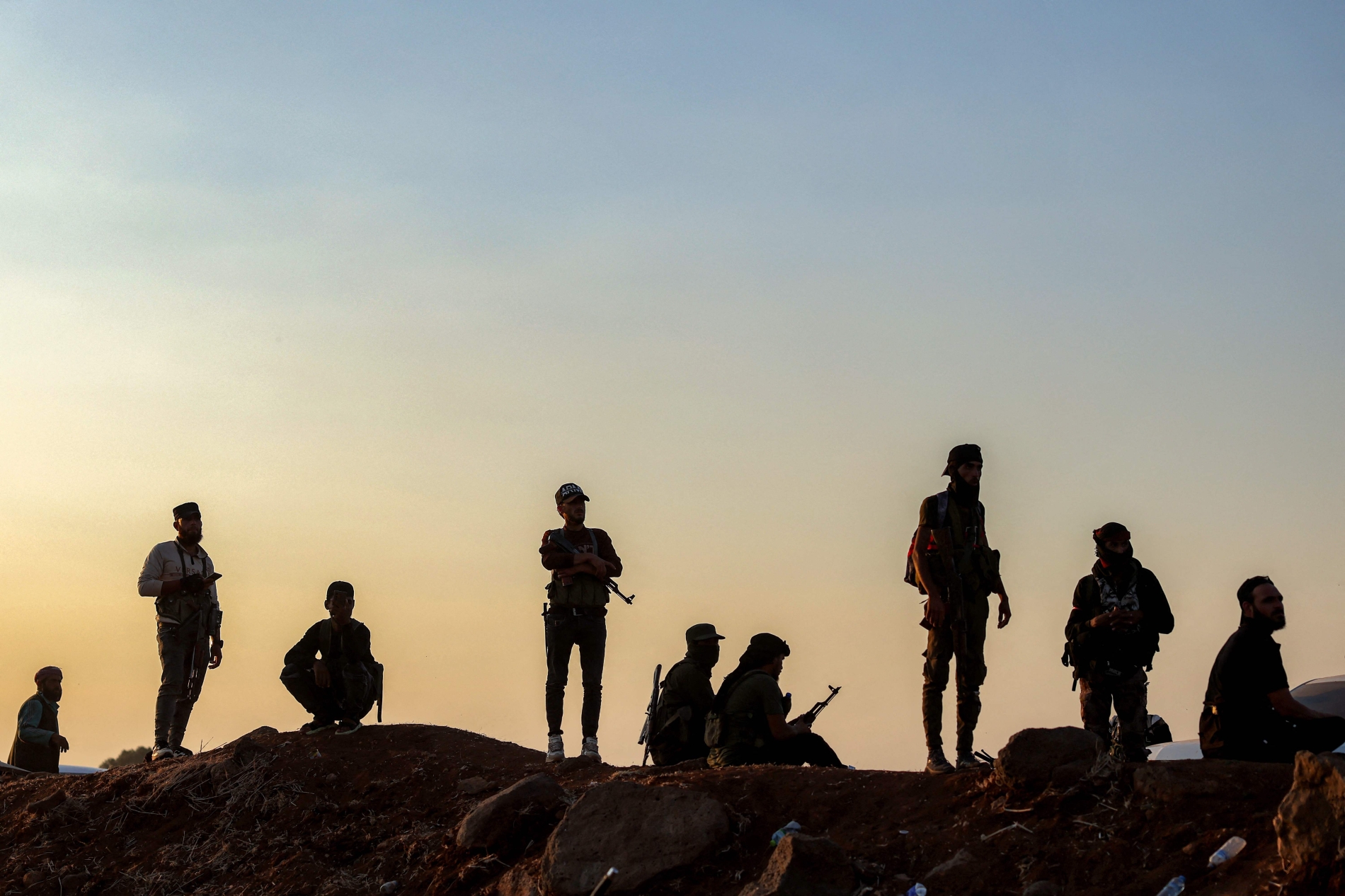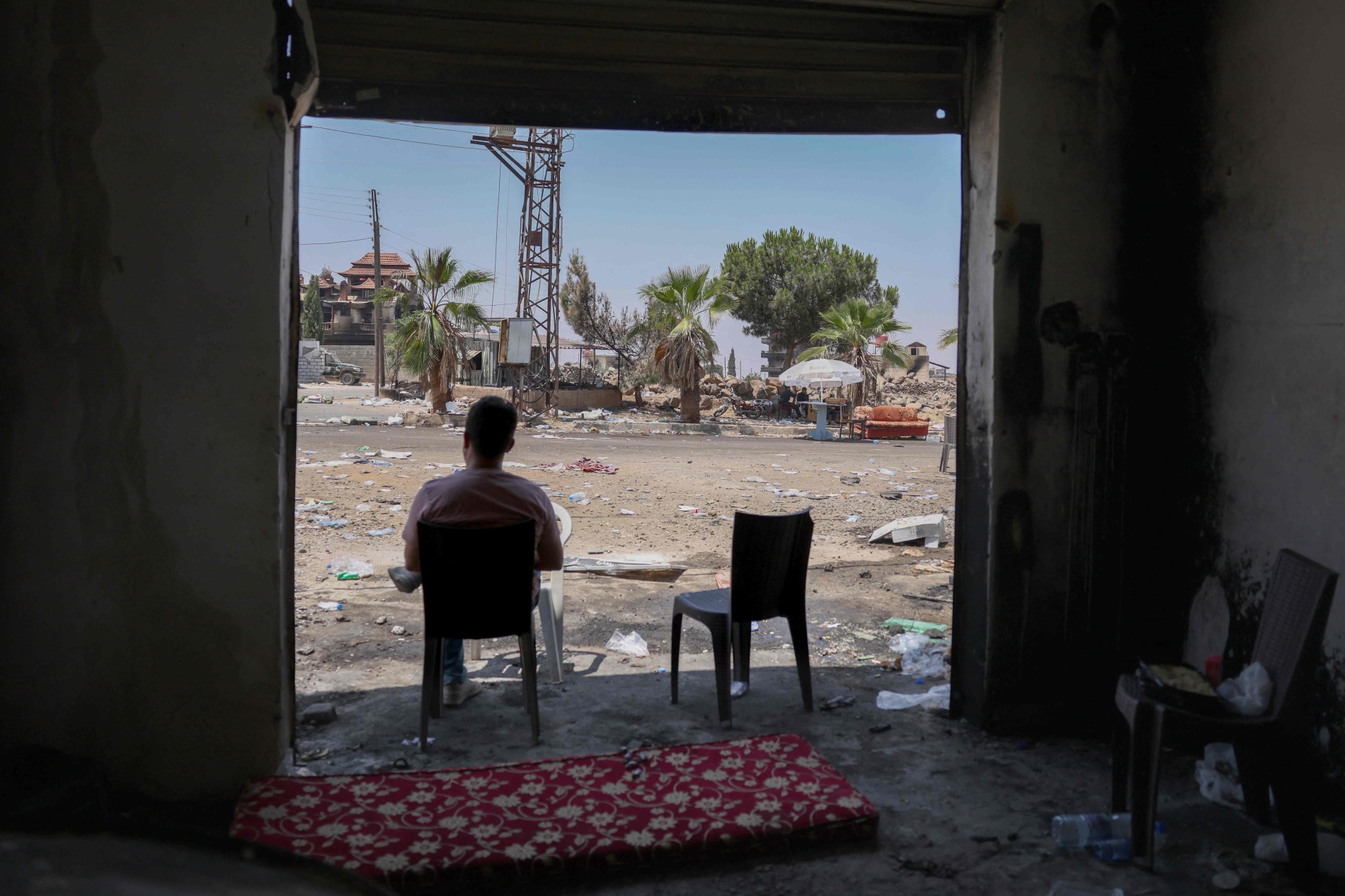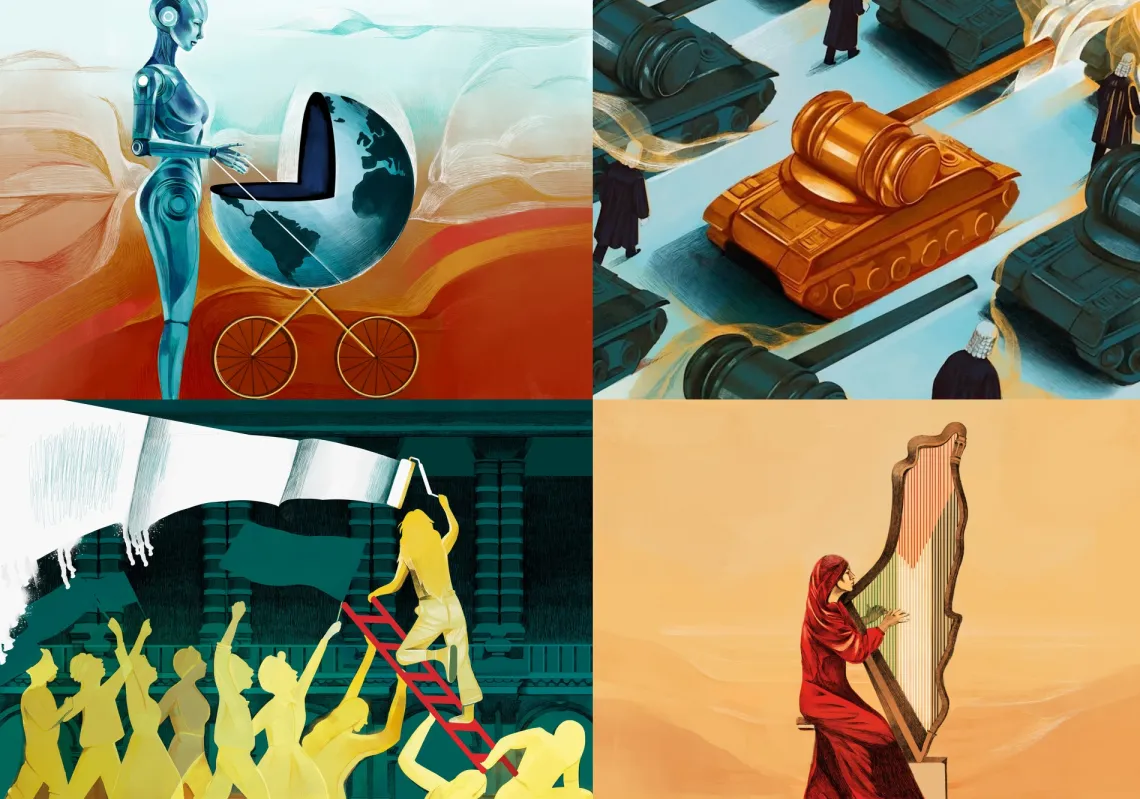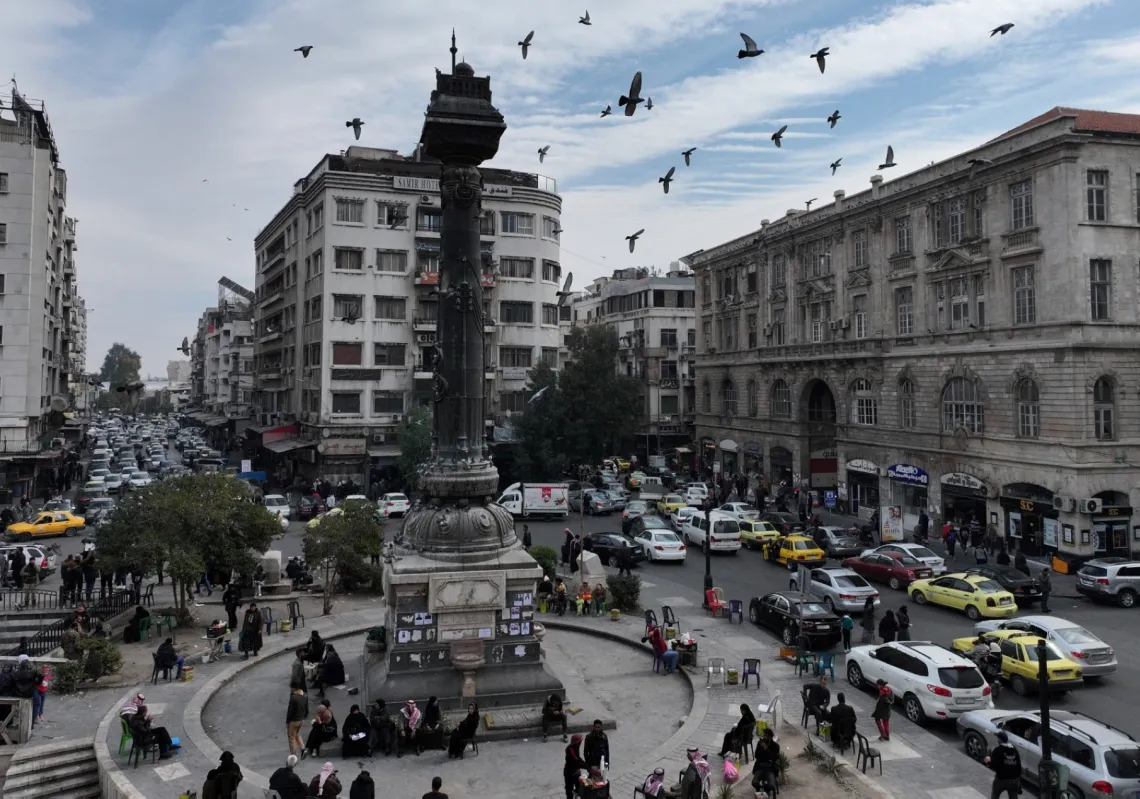Long a crossroads for trade and migration, southern Syria is a hub for the smuggling of illicit goods—from weapons and fuel to food and antiquities. In particular, Daraa and Sweida have become important for the trafficking of illicit drugs such as crystal methamphetamine and Captagon, with Jordan a popular transit country for amphetamine-type stimulants.
Some assumed that the fall of former president Bashar al-Assad in December 2024 would translate into a near-collapse of illicit drug trading in Syria, given the regime’s monopoly over both drug production and trafficking. Much of this was coordinated through the Syrian Army’s Fourth Armoured Division, led from 2000 to 2024 by Maher al-Assad, brother of Bashar. He was sanctioned by the US and Europe in 2023 in part because of his role in Syria’s Captagon industry.
As the new administration in Damascus has sought to rebuild after the fall of Assad, several flashpoints have emerged in the country’s south, the most recent and high-profile of which has been the violence in Sweida, which killed more than 1,000 people. Such violence is often portrayed as sectarian clashes, but in fact, there is another factor in play: control of the lucrative smuggling routes.
Smuggling hubs
Southern Syria’s geography makes it a natural corridor for trafficking. Bordered by Jordan to the south and Lebanon to the west, the region includes sprawling deserts, mountainous terrain, and poorly monitored border crossings. With state resources stretched and state control loose at best, this has allowed smugglers, armed groups, and local militias to profit from all manner of illicit trading.
Weather conditions along Syria’s border with Lebanon, Jordan, and Iraq often help the smugglers. In the summer, the heat and dusty desert conditions challenge border security forces’ detection efforts. In the winter, detection is encumbered by snow, sleet, and fog. In response, neighbouring states have increased border surveillance efforts, co-opting local actors such as militias, tribes, and prominent families to help.
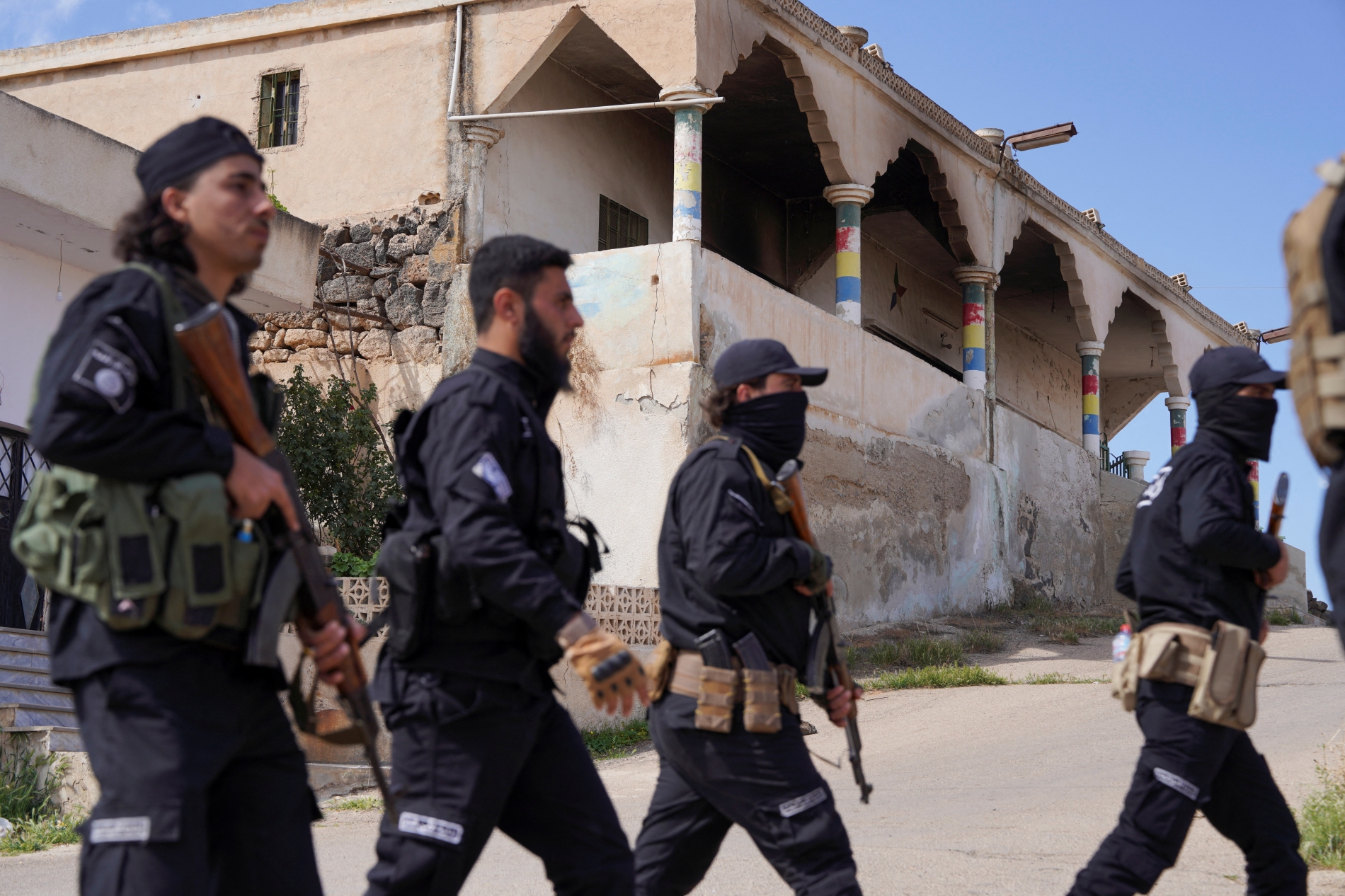
Since 2021, these neighbouring countries have reported both an uptick in seizures and a rise in the frequency and ferocity of clashes between their forces and convoys of smugglers, many of whom are heavily armed and equipped with advanced technology such as drones or GPS-guided balloons.
During the Assad regime years, Hezbollah and other Iran-aligned militias moved to the south of Syria to co-opt local crime syndicates and smuggling families, arming them and supporting cross-border operations as leverage over states like Jordan, particular when smuggling routes overlapped with their own Iran-to-Lebanon corridors. Small-scale factories were established in southern Syria in locations such as militia headquarters, as evidenced when the headquarters of Raji Falhout’s militia was raided and discovered to have hosted a Captagon manufacturing site.


